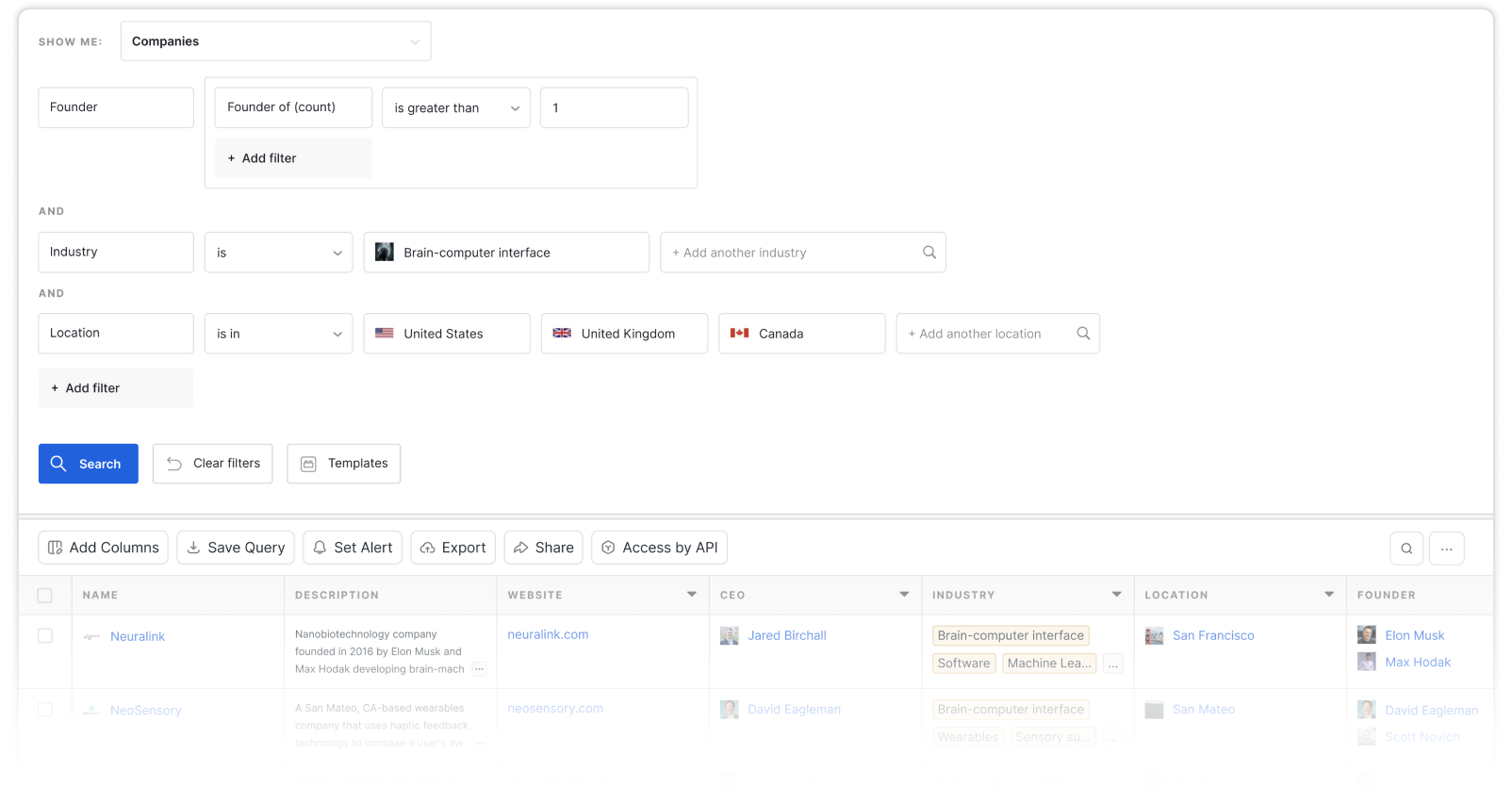Pen testing, also known as penetration testing, is a cybersecurity exercise carried out to find vulnerabilities in a computer system by simulating a cyber attack. This allows the computer system owner to be aware of any vulnerabilities to true cyber attacks.
This is like a bank hiring someone to dress as a burglar and try to break into their building and gain access to the vault. If the ‘burglar’ succeeds and gets into the bank or the vault, the bank will gain valuable information on how they need to tighten their security measures.
Types of testing
There are five main types of pen tests.
- Open-box pen test: In an open-box test, the hacker will be provided with some information ahead of time regarding the target company’s security info.
- Closed-box pen test: Also known as a ‘single-blind’ test, this is one where the hacker is given no background information besides the name of the target company.
- Covert pen test: Also known as a ‘double-blind’ pen test, this is a situation where almost no one in the company is aware that the pen test is happening, including the IT and security professionals who will be responding to the attack. For covert tests, it is especially important for the hacker to have the scope and other details of the test in writing beforehand to avoid any problems with law enforcement.
- External pen test: In an external test, the ethical hacker goes up against the company’s external-facing technology, such as their website and external network servers. In some cases, the hacker may not even be allowed to enter the company’s building. This can mean conducting the attack from a remote location or carrying out the test from a truck or van parked nearby.
- Internal pen test: In an internal test, the ethical hacker performs the test from the company’s internal network. This kind of test is useful in determining how much damage a disgruntled employee can cause from behind the company’s firewall.
Timeline
No Timeline data yet.
Companies in this industry
Further Resources
No Further Resources data yet.


